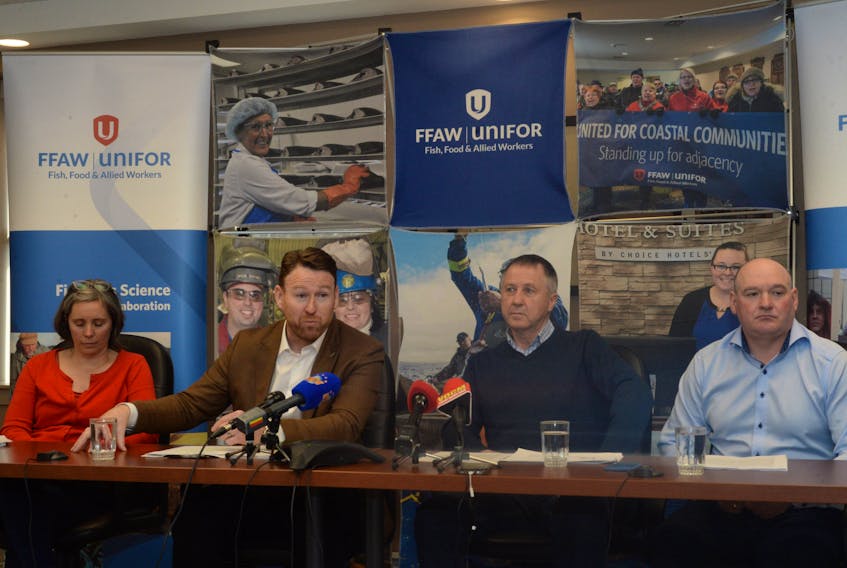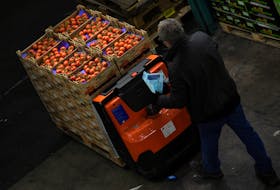The probability that northern cod will recover soon to support a viable commercial fishery is pretty low, according to the latest scientific assessment information available.
And that’s with the 27th anniversary of the northern cod moratorium coming up this year.
In Tuesday’s northern cod stock assessment briefing held by the Department of Fisheries and Oceans (DFO) in St. John’s, there wasn’t a boatload of good news.
The positives from it include that the stock has not decreased further — and even slightly improved from last year — but its health remains in the critical zone with a small chance of growing out of that zone in the next few years.
If fishing hopes were ballooning, the fish harvesters along the east and northeast coasts of the province are likely now deflated.
The advice to DFO management will come with a reminder that: “consistency with the DFO decision-making framework incorporating the precautionary approach requires that removals from all sources must be kept at the lowest possible level until the stock clears the critical zone.”
That means, quotas should not increase in 2019.
In 2018, reported landings of northern cod were 9,269 tonnes. That was down from 13,452 tonnes in 2017.

An unknown is all of this is what is taken in the recreational cod fishery — a fishery most commercial fishermen oppose.
The northern cod stocks had showed promising growth starting in 2012 — the first real jump since the days of stock collapse of the late 1980s and early 1990s. Scientific assessments in 2017, however, revealed a setback in the stock. And the 2018 information was anticipated to show continued decline for 2019 but that has not happened.
The Fish, Food and Allied Workers’— Unifor, however, says this is a very positive sign. The union states the information confirms that the northern cod stock continues to grow, with the lowest fish harvesting rates in history.
A news release suggests that fish harvesters were dealt an unnecessarily high 25 per cent cut in 2018 as a result of the 2017 assessment.
“The northern cod stock has been on an upward trend for over 13 years now, having grown from 10,000 tonnes at its lowest in 1995 to 398,000 tonnes today,” said Keith Sullivan, FFAW-Unifor President. “We are pleased that last year’s fluctuation was found to be no cause for concern, and we look forward to continuing to build the industry and prepare for the future.”
Fish harvester Basil Goodyear of Lumsden said fishermen have concerns that DFO isn’t looking at the whole picture regarding northern cod. He said, if managed responsibly and in collaboration with industry, the stock has the potential to provide significant opportunity for a sustainable fishery.
Sullivan said that as northern cod markets rebuild, modest increases in the harvest rates can simultaneously build capacity on land without having any significant impact on the growth of the stock.
“As it stands, the way DFO is managing this fishery will leave the inshore harvesters and coastal communities shut out of the fishery of the future,” he said.
RELATED









